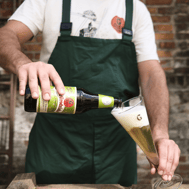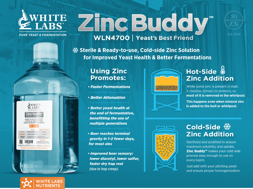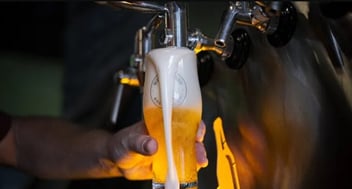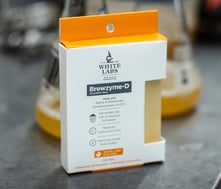
Many Flavors of Fermentation Series Part 3 - Interactions & Applications
In the final part of our series, We explore How Yeast & Fermentation interact with other ingredients Different ways to establish brand identity through sensory We will develop a comprehensive vocabulary and the ability to clearly communicate fermentation profiles to staff and customers alike In this three part series, feel free to download our slides…
Read more










